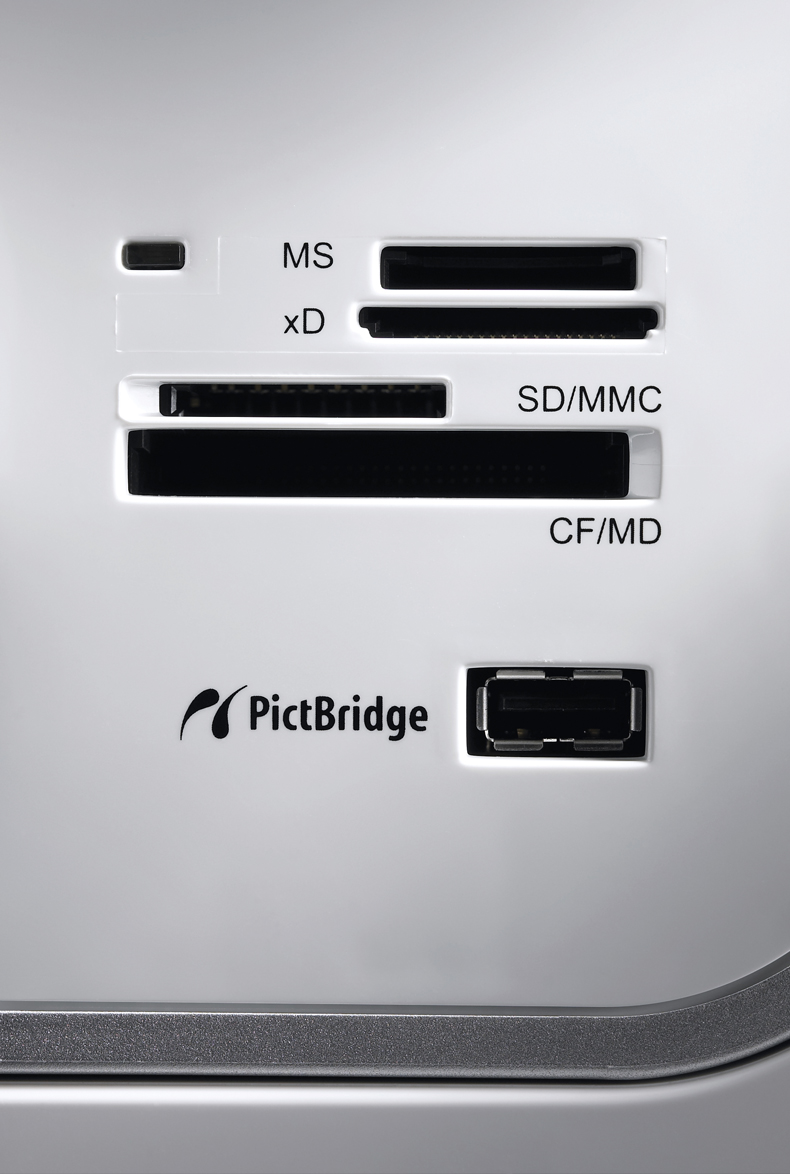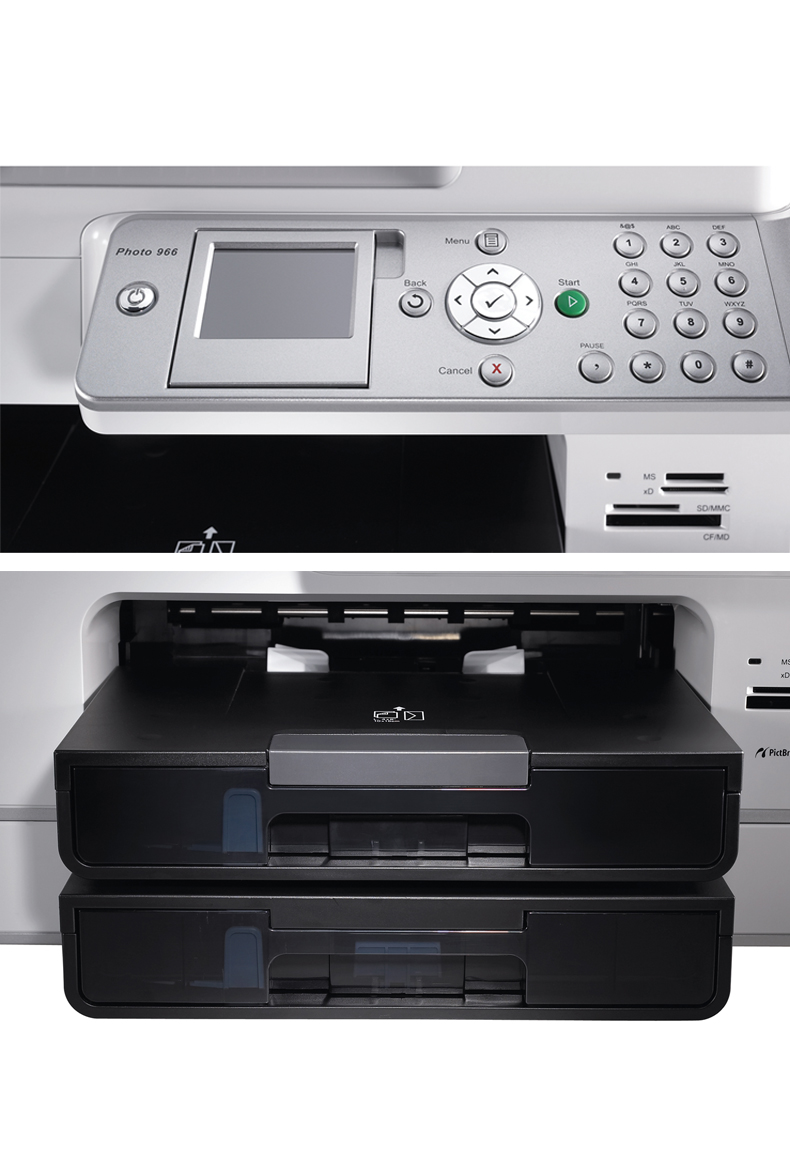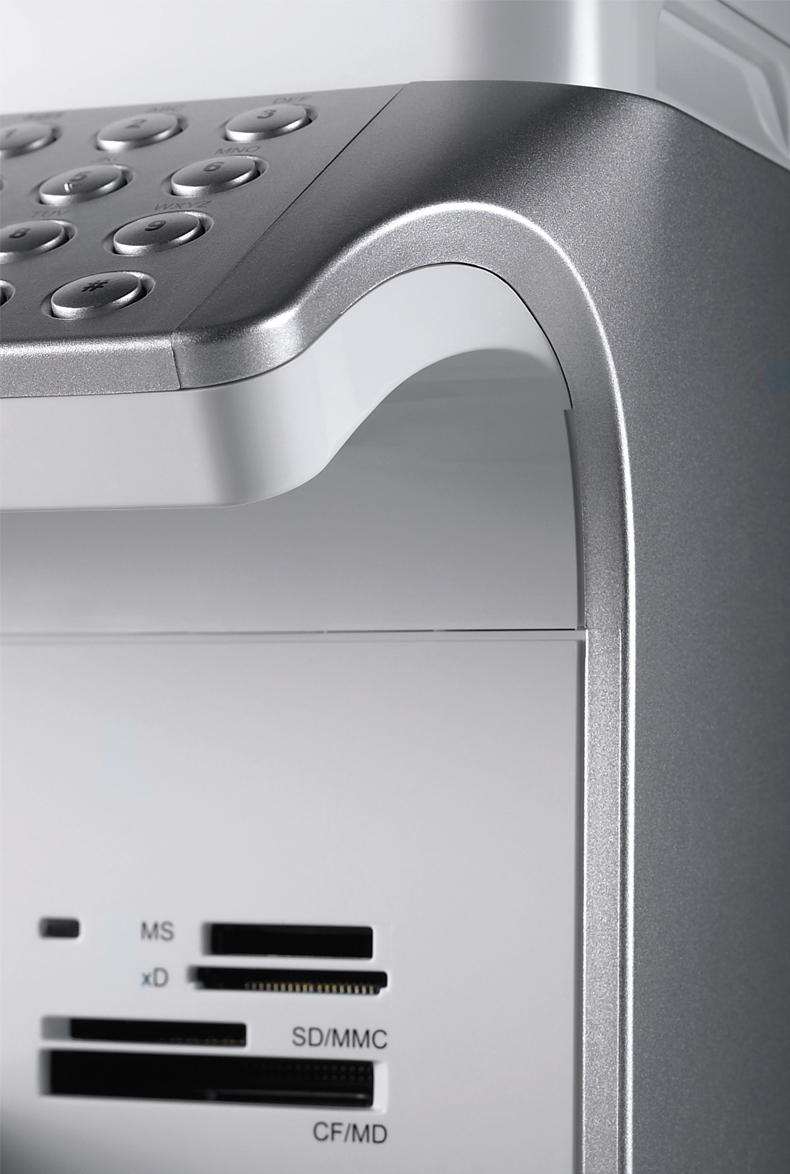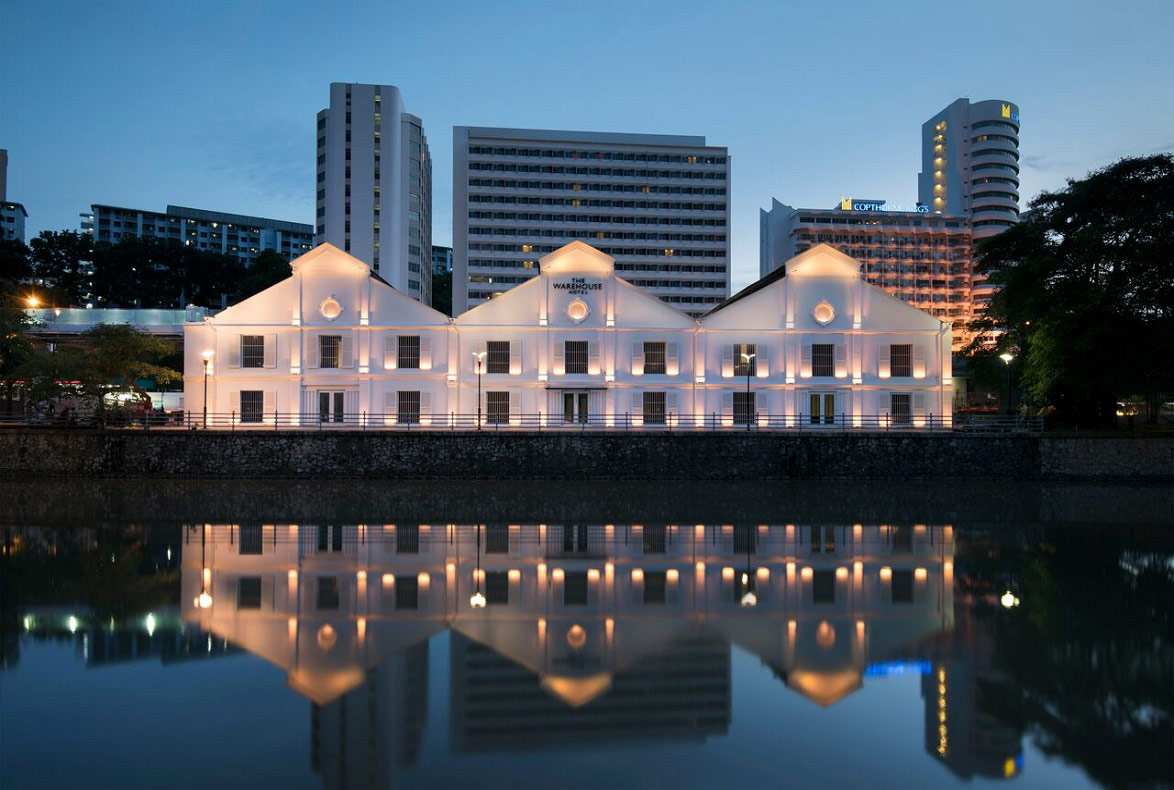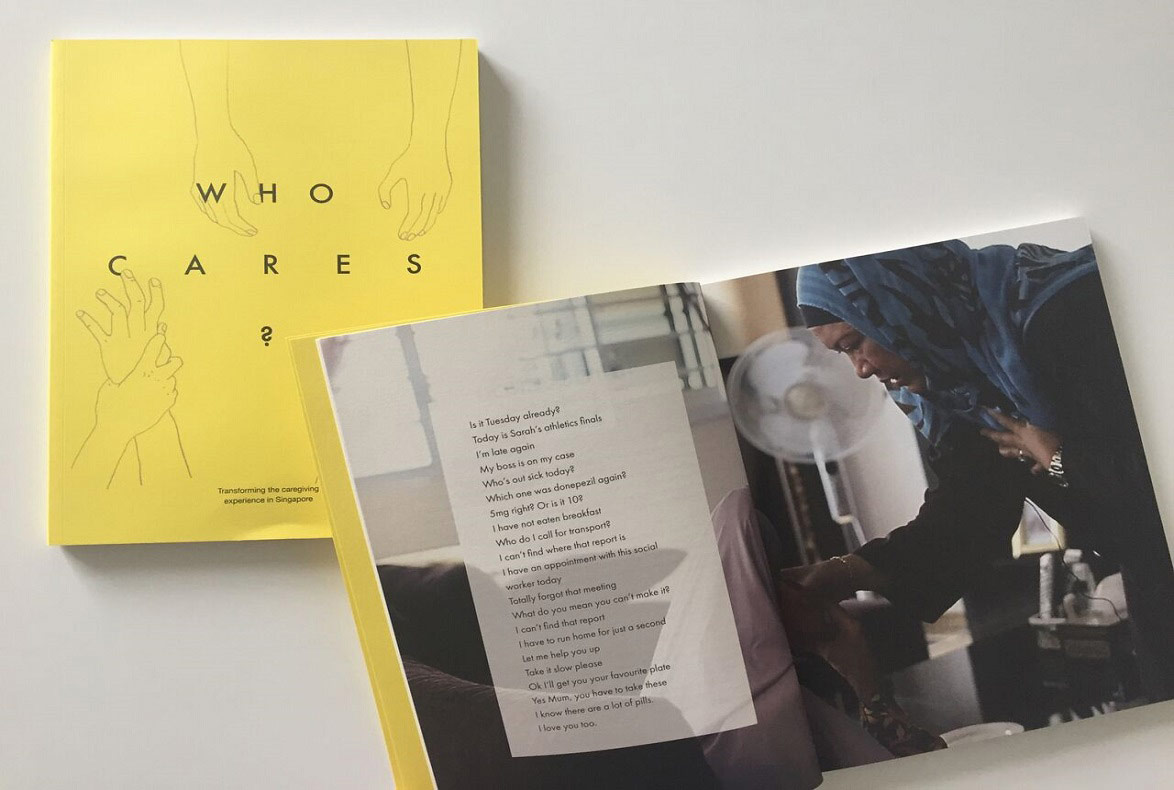* DESIGN OF
THE YEAR 2007
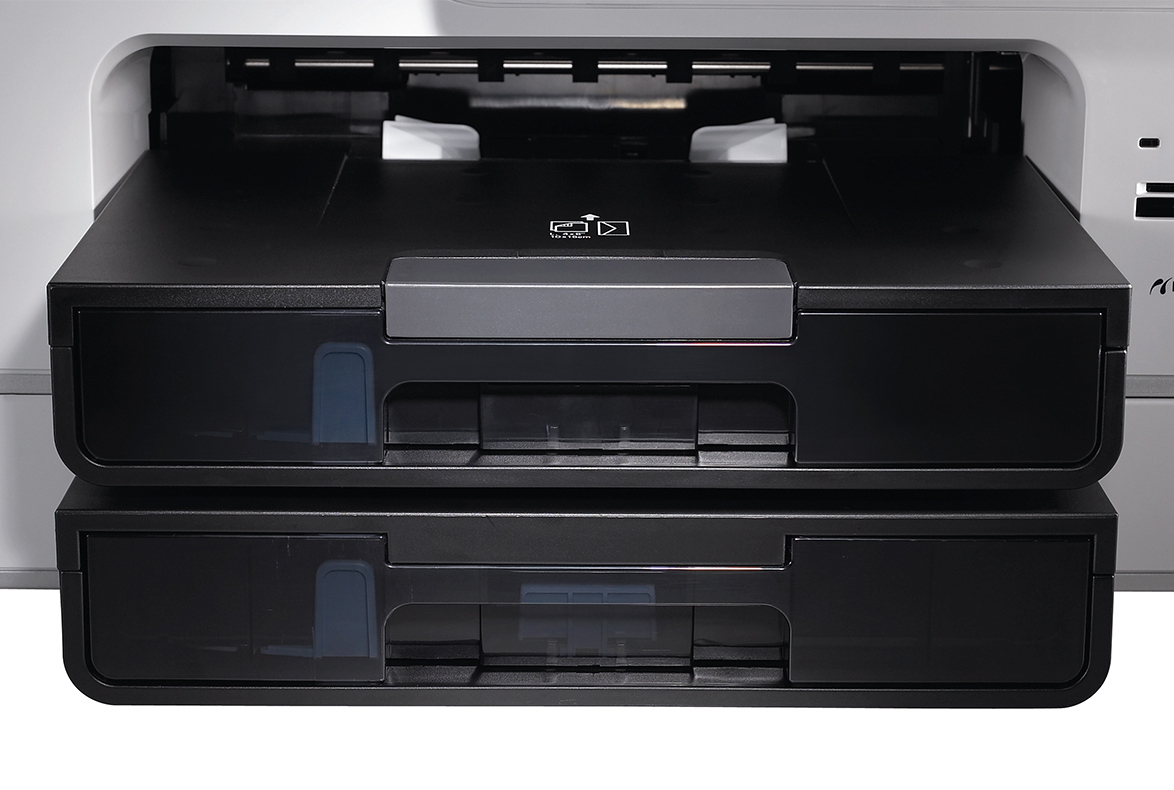
Dell 966 All-In-One Photo Printer
Dell Global B.V. Singapore
DISCIPLINE
Product & Industrial Design
We live in an age of complexity, fuelled by technology stuffed every which way ino as small a space as possible. But in the race to compress, the human element, its cognitive processes, its cultural context and the environmental impact, have been ignored. The result is a mess of buttons with seemingly conflicting messages, confusingly arranged with no regard for the environment.
The 966 is a high-quality inkjet multi-function printer which was placed into distribution in November of 2006. It was designed by Dell’s Singapore design studio to bring compelling design and All-In-One (AIO) inkjet printing to the small office and home office customers. These customers don’t have time to become printing/faxing/scanning experts, but they do have the luxury of a crowded market segment to select from, so Dell turned to design for its point of differentiation.
The 966 printer has a clean, crisp aesthetic. One surface flows smoothly and purposefully to the next, with each transition carefully designed to communicate function to the user, whether lifting the top for scanning or adjusting the view angle of the LCD screen found on the control panel. The control panel itself moves from the side of the printer to the front with a smooth, fluid-like three-dimensional wrap around the corner, appearing to offer itself to the user, always friendly and ready.
The design of the 966 embodies a customer experience strategy that considers all the attributes of design excellence. The result is delivering global value for the company, which enhances Singapore’s status as a world leader in innovation, creativity and best business practices.
In the 966 All-in-One Photo Printer, the Dell Singapore Studio has embodied innovation in use, in aesthetic treatment and in the management of materials, demonstrating the city’s global leadership as a design and business centre. The inspiration for these innovations lies in a corporate commitment to enhancing the user’s experience, including the environmental impact of the products it sells.
Dell invested significantly to understand in-depth the usability issues of small office/home office printers and the logic paths people can follow with ease. One of the primary findings of the research was to disprove the assumption that people like lots of buttons on their hardware. Instead, research demonstrated that too many buttons are intimidating and confusing rather than desirable.
The 966 makes its use easier with unique five-way navigation control buttons coupled with an LCD screen so the user can logically move through the options. The outcome provides users with an intuitive interaction that enhances their satisfaction with the product’s output while minimising the environmental impact of their purchase.
Environmentally, the designers have left a remarkably light footprint: By using international graphics and icons for the basic controls and locating the other user feedback and controls on the LCD, the designers eliminated the need to manufacture multiple snap-in control panel face plates with regionalised graphics for as many as 19 different languages, thus reducing the plastic pieces needed. Moreover, Dell developed and maintains a product-life ownership responsibility position with over-arching standards for the entire project team, including a free recycling program where Dell takes back a trade-in printer. A similar policy for this product has been adopted for the consumable ink cartridges.
Dell, founded in 1984 by Michael Dell, listens to customers worldwide and delivers innovative technology and services they trust and value. Dell’s tremendous growth over 20 years is the result of a persistent focus on delivering the best possible customer experience by developing and selling innovative, standards-based computing products and services.
Since its beginning, Dell has revolutionised information technology and made computing accessible to more customers around the globe, including businesses, institutions and individual consumers. Because of Dell’s direct model – and the industry’s response to it – information technology is more powerful, easier to use and more affordable, giving customers the opportunity to take advantage of tools that improve their businesses and lives. Dell has demonstrated this effect time and again as it enters new product categories, such as those for network servers, workstations, mobility products, printers and other electronic accessories. Nearly one out of every five standards-based computer system sold in the world today is a Dell. This global reach indicates the company’s approach is relevant across product lines, regions and customer segments.
In April 2005, Dell opened its Singapore Design Centre (SDC) to support global development efforts for its Displays, Imaging, Software and Peripherals lines of business. SDC is one of five company design centres, comprising more than 4,000 engineers and design-related professionals who together bring greater innovation and value to customers around the world. They share knowledge about customer needs, technology trends and process efficiencies to create leading products and services.
READ MOREABOUT THE DESIGNER
READ MORECOMPANY
Dell Global B.V. Singapore
Dell Experience Design Group
MEDIA MATERIAL
ABS Plastic
DESIGNERS
Michael Ellis Smith
Kuoyong Huang
Steve Gluskoter
Lee Leong Chye
Ken Ding
Tan Lun Cheak
Chan Wai Lim
Ken Musgrave
Nicole Proulx
Drin Duvall
Corinna Liao
CLIENT BRAND
DELL
Insights from the Recipient
Citation
Jury Citation
The great majority of design is not radical innovation involving technological breakthrough or new venture entrepreneurship – but rather the continuous, incremental improvement of existing products. The Dell 966 All-in-One Scanner/Copier/Fax/Photo Printer uses design to elegantly refine a familiar product genre of electronic business equipment, as part of Dell’s strategy to move away from re-badging products purchased from other suppliers and toward asserting its own distinctive Dell design brand identity.
Aimed at the small home office, the 966 design language conveys precision, reliability and usability. Particular attention is given to user interface interaction design, including fast ‘out-of-the-box’ set up time, colour-coded touch points, a simplified control panel, universal icons, a tilting display screen to combat glare and easy service accessibility. Design for recyclability is also optimised.
Most multi-function printers resemble mash-ups of disparate electronic and electro-mechanical parts, and look unsightly especially when they include an automatic document feeder – not something you would want in a home. The 966 accomplishes the difficult task of integrating it all into a simplified, coherent, crisply detailed, minimum footprint design statement, more akin to a consumer appliance than a piece of office equipment. Its sleek appearance and multi-purpose features make the Dell 966 All-in-One Photo Printer a cut above the rest.
VIEW JURORSNominator Citation
STEVE D. GLUSKOTER
DESIGN DIRECTOR
DELL GLOBAL B.V. (SINGAPORE BRANCH)
We live in an age of complexity, fuelled by diverse technologies packed into as small a space as possible. But in the race to compress, the human element, its cognitive processes, its cultural context and the environmental impact, have been ignored. In the Dell 966 All-In-One Photo Printer, Dell Singapore Studio has embodied innovation in use, aesthetic treatment and the management of materials, demonstrating the city’s global leadership as a design and business centre. The research conducted to understand the logical paths people will follow with ease as a user is impressive and the outcome provides users with an intuitive interaction that enhances their satisfaction with the product’s output while minimising the environmental impact of their purchase.
The 966 is a high-quality inkjet multi-function printer which was placed into distribution in November 2006. It was designed by Dell’s Singapore design studio to bring compelling design and All-In-One (AIO) inkjet printing to the small office and home office customers. These customers don’t have time to become printing/faxing/scanning experts, but they do have the luxury of a crowded market segment to select from, so Dell turned to design for its point of differentiation. The design responds to the extensive findings of Dell’s usability testing, particularly the confirmation that too many buttons are intimidating and confusing rather than desirable. The 966 makes its use easier with unique five-way navigation control buttons, coupled with an LCD screen so the user can logically move through the options.
The 966 printer has a clean, crisp aesthetic. One surface flows smoothly and purposefully to the next, with each transition carefully designed to communicate function to the user, whether lifting the top for scanning or adjusting the view angle of the LCD screen found on the control panel. The control panel itself moves from the side of the printer to the front with a smooth fluid-like wrap around the corner, appearing to offer itself to the user, always friendly and ready.
Environmentally, the designers have left a remarkably light footprint: By using international graphics and icons for the basic controls and locating the other user feedback and controls on the LCD, the designers eliminated the need to manufacture multiple snap-in control panel face plates with regionalised graphics for as many as 19 different languages, thus reducing the plastic pieces needed. Moreover, Dell develops and maintains a product-life ownership responsibility position with over-arching standards for the entire project team, including a free recycling program where Dell takes back a trade-in printer. A similar policy for this product has been adopted for the consumable ink cartridges.
In summary, the design of the 966 embodies a customer experience strategy that considers all the attributes of design excellence. The result is delivering global value for the company, enhancing Singapore as a world leader in innovation, creativity and best business practices.



